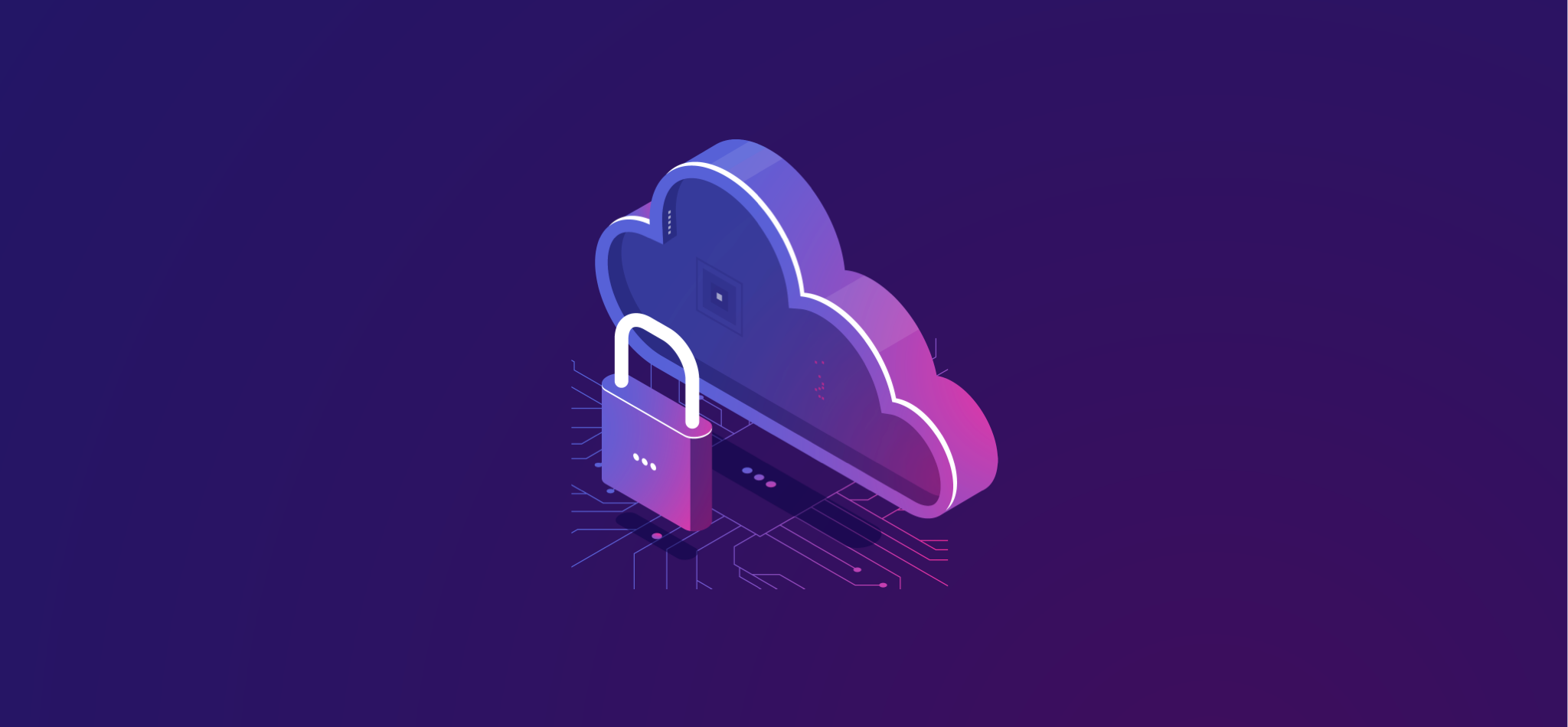What is a Cloud Workload Protection Platform (CWPP)?
These days employing only one trusted PaaS or IaaS provider is rare. Employing just one service provider may offer two or sometimes three different environments. This increases the complexity and makes it difficult to ensure that appropriate security controls are deployed in the right place for the right workload. But don’t worry, we’ve got you covered with our unique security system! There is a new security system that helps us make things better for you. This category of security systems is known as the cloud workload protection platforms. CWPPs are a cloud-native strategy for security implementation.
What is a Cloud Workload Protection Platform (CWPP)?
A Cloud Workload Protection Platform (CWPP) is a security solution built to address the security needs of workloads in modern hybrid, multicloud, and data center environments. An effective CWPP can deliver consistent control and visibility for physical machines, virtual machines, containers, and serverless workloads, wherever they are.
A CWPP should scan for known vulnerabilities upon deployment of a workload as well as protect workloads from attacks at runtime through a combination of system integrity protection, identity-based micro-segmentation, application control, memory protection, behavior monitoring, host-based intrusion prevention, and optional anti-malware protection.

How does a CWPP work?
A Cloud Workload Protection Platform must provide the ability to manage any workload currently deployed on a company’s cloud platforms. Network administrators typically conduct a vulnerability assessment of workloads. The assessment analyzes the workload, verifying that it complies with the organization’s cyber security policies.
If necessary, the admin applies various security techniques to the workload. These options include integrity or memory protection, allow lists, or host-based intrusion protection. Anti-malware protection is another option depending on the SecOps needs of the enterprise.
Other use cases also depend on the nature of the business. For example, software development organizations can integrate CWPPs into the automated processes in their CI/CD pipeline, typically as part of the build process. This approach is becoming commonplace in organizations following the DevOps or DevSecOps methodologies.
At some enterprises, CWPP works in concert with a cloud security posture management (CSPM) solution. CWPP ensures the security of the cloud workloads, while CSPM focuses on the broader view, including the accounts deploying those workloads on the company’s cloud platforms. Tightly integrating CWPP and CSPM makes managing cloud assets an easier process for administrators.
In fact, any CWPP must seamlessly integrate with other parts of the enterprise SecOps infrastructure. In cases where data privacy and security are critical, linking to a data loss prevention solution becomes a wise strategy. The CWPP also enhances the capabilities of the security operations center, helping it detect and analyze complex cloud-based cyber-attacks more effectively.
Why are Cloud Workload Protection Platforms (CWPP) Needed?
Here are four reasons why a Cloud Workload Protection Platform (CWPP) is essential:
- Organizations have legacy infrastructure and applications – these legacy infrastructures make it difficult to move all functionality to the cloud.
- Organizations use multiple cloud providers – many organizations are using several cloud vendors and working in a multi-cloud, hybrid environment. This approach makes it hard for security personnel to see, know, and control where applications and data are within this irregular environment.
- The tradeoff of development velocity for security – rapid development of applications in a CI/CD pipeline often means that security is no longer a stringent gate for applications and workloads. Security experts can’t initiate controls at application run time like they could in the past.
Applications and data are at risk because of the lack of visibility and control, the changing nature of workloads, and the prevalence of the DevOps environment. CWPP can address these challenges because it is built for a multi-cloud environment and can assess and secure workloads at runtime.

Top four benefits Of CWPPs
There are multiple benefits to implementing workload protection through a CWPP. The top four include:
Reduced complexity
Since CWPP concentrates more on cloud-native security conditions, they deliver high-level protection in the cloud, which is quite expensive to achieve from a legacy tool. Numerous legacy tools are designed around a physical server. CWPPs provide the same security standard while running inside a container or VM where the companies don’t have control over the technology stack.
Consistency
CWPPs are very consistent. For instance, DevOps tears down workloads, replaces them with newer ones and lowers individual workloads’ duration. Another example is that the hybrid cloud and multi-clouds result in diametrically opposite environments being used in tandem. In contrast to these, CWPPs give a more consistent vision regardless of the number of workloads and their location.
Portability
The third characteristic that comes into the picture is CWPP’s portability. For example, if a workload is currently running in an on-premises hypervisor, it can be later moved to an IaaS provider. Or if a container is running on an engine in an IaaS at the moment, it can be moved into Azure Container or AWS Fargate when required. CWPP is portable with products that promote security no matter where they are.
Reduced expenditure
CWPPs help companies save a significant amount of their budget by adopting the cloud-based technical infrastructure strategy. With this approach, a company can reduce its expenditure on hardware servers, overall maintenance, and several other components. Not only reduced prices but companies can also go green with the use of CWPPs.
Cloud Workload Protection Platform Challenges
The challenges of using a comprehensive CWPP are minimal, but before choosing a provider, buyers should consider any potential shortcomings of the platform.
A CWPP is not designed to secure every single facet of operations; therefore, users must take responsibility for protection in other critical areas (e.g. security posture management, access management, governance, ticketing, issue tracking, etc.) Some additional challenges of using a CWPP include the following:
- Lateral threat movements can be difficult to detect with this type of program.
- Initial setup requires time and investment from an organization’s security team
- The manual deployment of agents at each security step could be a hassle for large companies (in cases of agent-based architecture; some security platforms are entirely agentless)
- Integration capabilities differ. Check with potential CWPPs regarding compatibility with other tools like security monitoring and access management systems to be sure your entire operation will work seamlessly.
Despite these caveats, investing in a CWPP remains hands-down the best way to protect your cloud workload against cyber threats.

Conclusion
Looking at the benefits offered by CWPP, it’s quite clear that it is capable of providing strong protection to businesses that are adopting multi-cloud strategies. The use of Cloud Workload Protection Platform over different cloud environments helps businesses prevent needless security endeavors associated with managing security controls.
Finally, cloud workload protection platforms offer an ideal solution for businesses to pursue multi-cloud strategies while avoiding excessive dependence on cloud service providers.